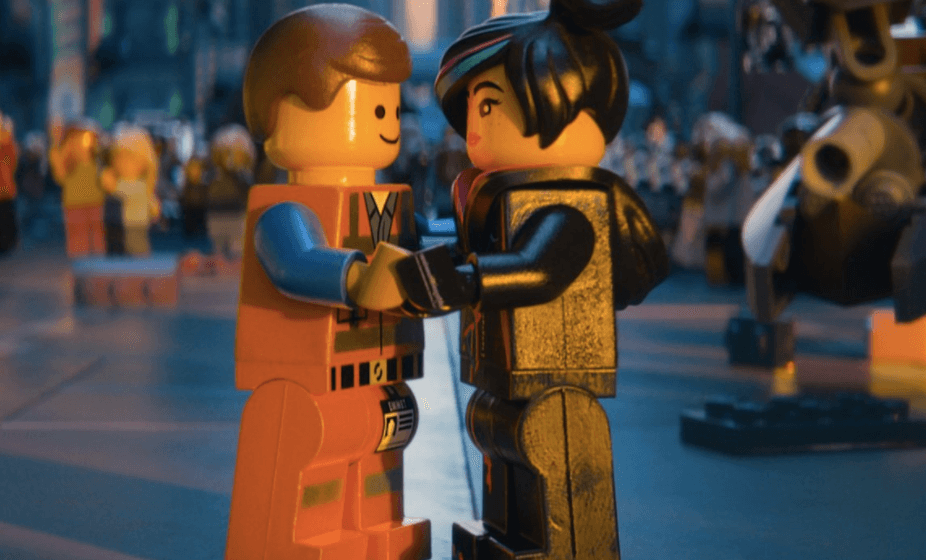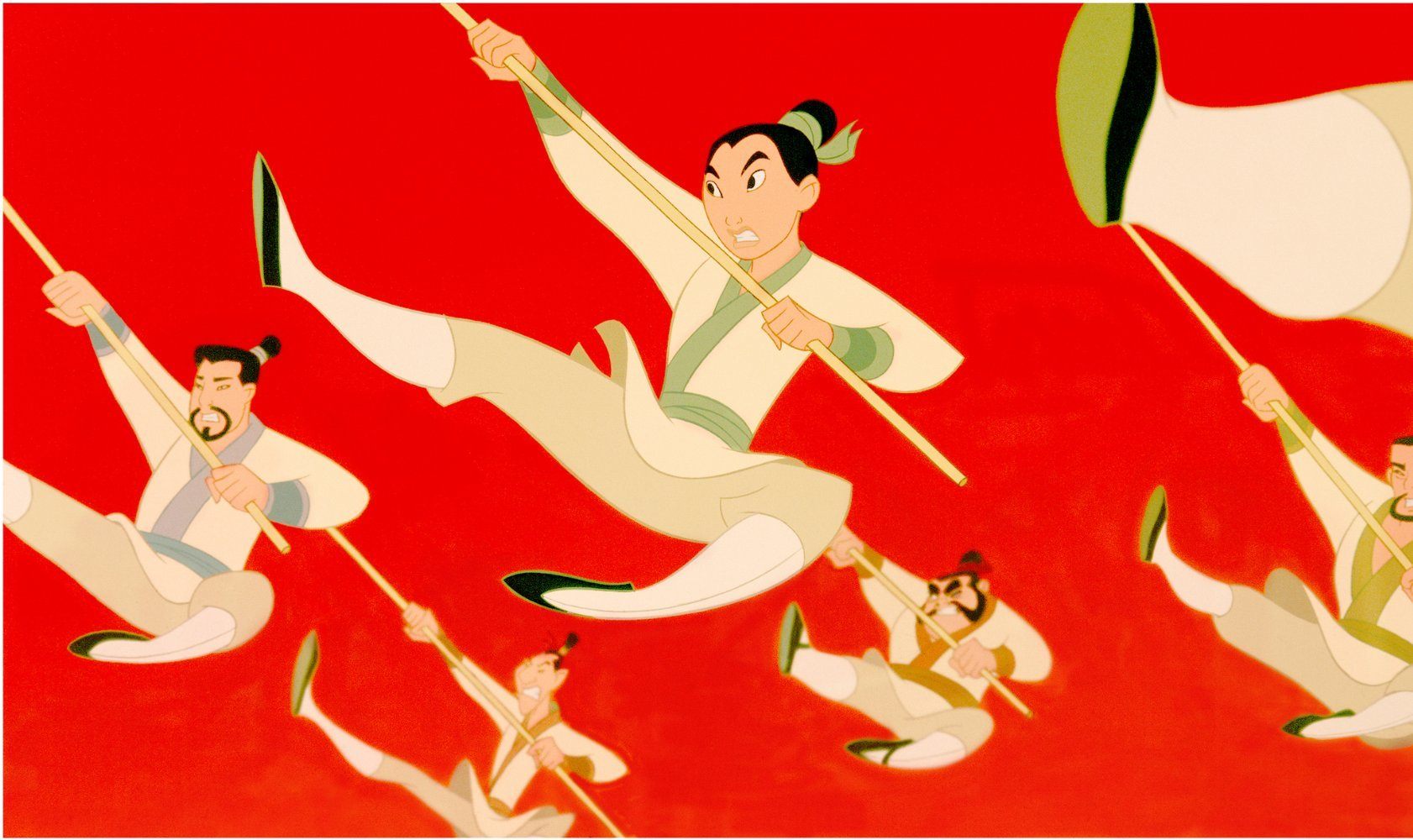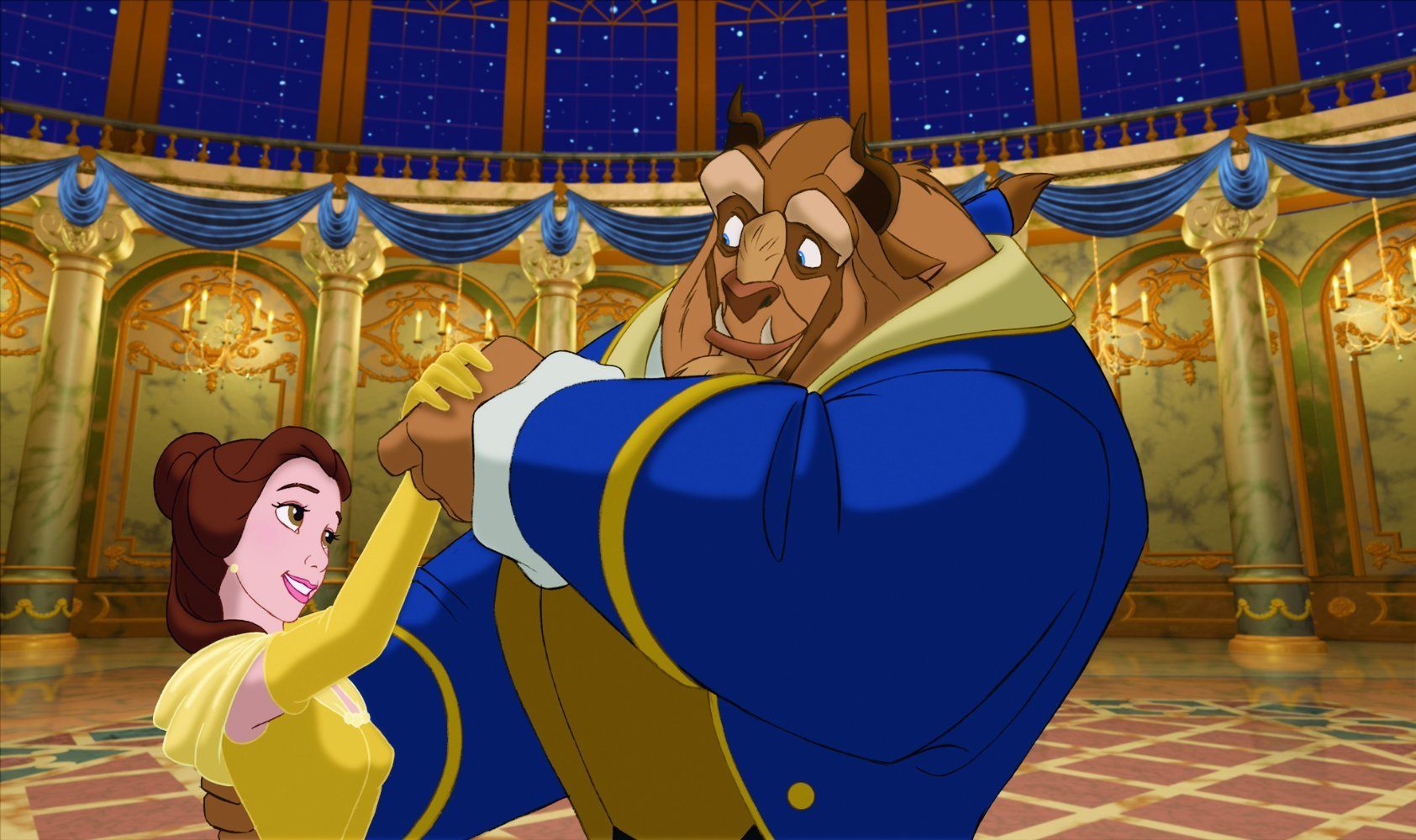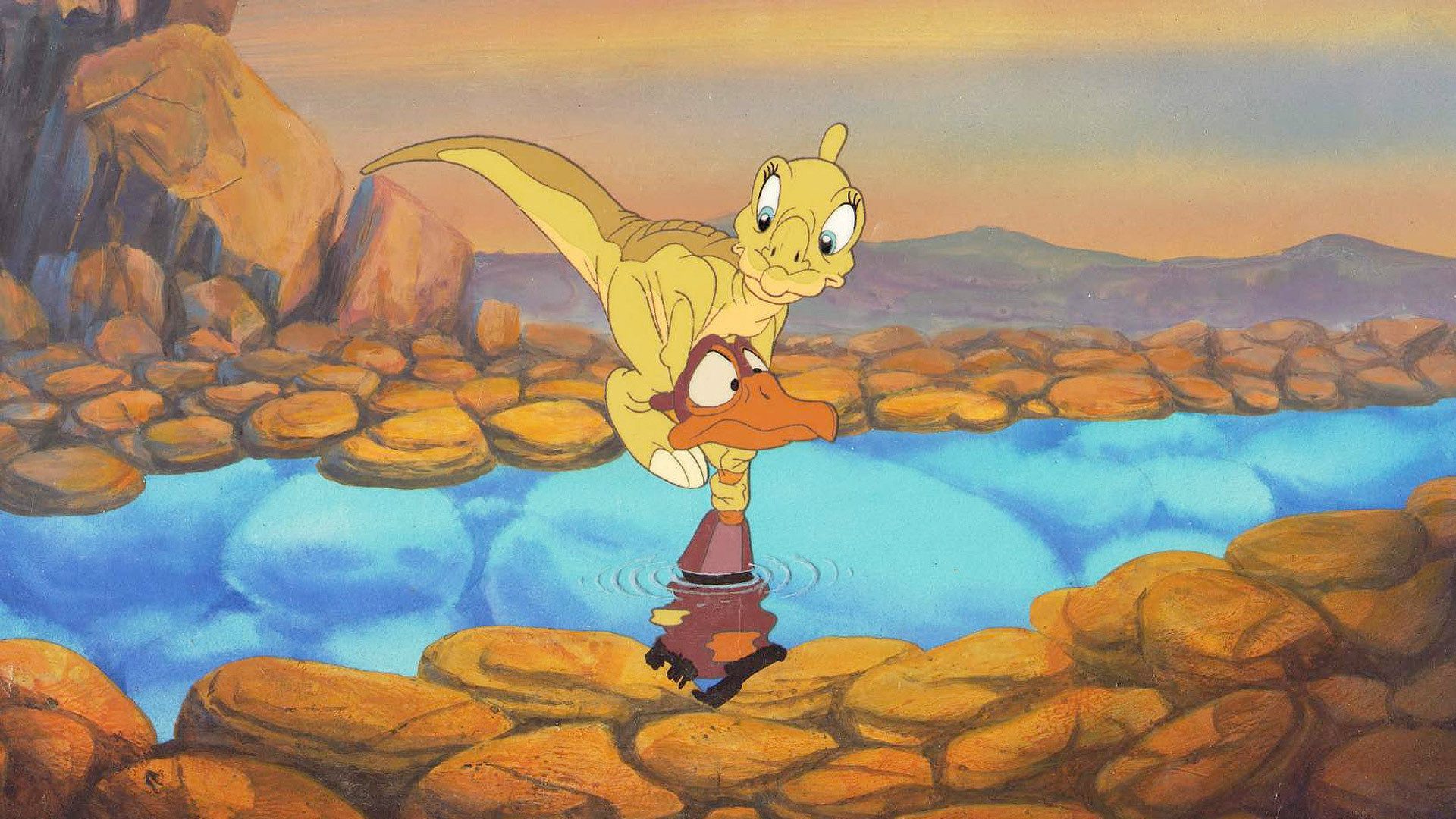
Joseph Campbell, author of The Hero with a Thousand Faces, found that all stories consist of a common structural element found universally in myths, fairy tales, dreams, and movies. They are collectively known as The Hero’s Journey. It demonstrates that every story has a different lesson; and in every journey there’s a hero — you are the hero in your own life and in your own journey.
As a parent, we should find those movies and explain the lessons to our children. These life lessons will inspire children to change the world. Let’s see how movies deal with childlike universal questions and bring us powerful life lessons.
Let us now take a look at 20 movies you should watch with your children and the life lessons they provide us.
1. How to Train Your Dragon: Be Yourself

Hiccup is a misfit in a Norse village where fighting dragons is a way of life. He is tossed into dragon-fighting school by his father (the village chief), yet because of his progressive mindset, he befriends an injured dragon named Toothless.
This movie demonstrates that we should encourage our children to be who they are, not who the world (or we) want them to be. This is a difficult one for all parents, to include myself.
2. The Lego Movie: Be Different

An ordinary Lego figurine (Emmet) finds himself mistakenly identified as the Special, an extraordinary Lego destined to save the world. Hilariously unprepared, Emmet turns into an unlikely hero.
In all seriousness, this movie demonstrates the importance of being different. Stop trying to be like everyone else just to fit in. Strive to be different and embrace who you really are.
3. The Lion King: Learn from the Past

Simba is heir to the throne, yet forced to leave his family after his evil uncle Scar kills Simba’s father Mufasa. Simba returns to his homeland as an adult and faces his uncle (with the help of his friends).
The Lion King demonstrates the importance of learning from the past and the fact that growth can be scary. In the words of Mark Twain,
“I’ve had many worries in my life. Most of which have never happened.”
4. Toy Story: Work in Team

When a Buzz Lightyear (a new toy) arrives on the scene, Woody finds his position as Andy’s favorite toy in jeopardy. When Andy’s family moves, Woody and friends must escape the evil neighbors and reunite with Andy.
Friendship and teamwork are the keys to success in life. Embrace making new friends as it is always fun to get to know people.
5. Cars: Humility

Lightning McQueen finds himself lost in an old run-down town of Radiator Springs. He slowly befriends cars in the town who help him in his race at the Piston Cup Championship.
Without humility, we will fail to use our great power in a responsible way. Cars does a great job demonstrating this important trait. Remember the quote from the movie Spiderman,
“With great power comes great responsibility.”
6. Mulan: Take Control of Your Life

Impersonating a man in order to take her ailing fathers spot as he is drafted into the Chinese military; Mulan (accompanied by her dragon) falls in love with a soldier and outsmarts an invasion.
Mulan shows us the importance of taking control of our own destiny. Write your own story and take control of your own life.
7. Inside Out: Embrace Sadness

When an 11-year old girl’s life is turned upside-down due to a move, her emotions come to the rescue. However, this stressful and life-changing event is too much for her emotion Sadness. Sadness and Joy are swept into the far reaches of Riley’s mind – leaving only Anger, Fear, and Disgust in the headquarters of her mind.
Inside Out demonstrates the importance of allowing ourselves to express sadness and accepting the assistance from others.Sadness is a necessity in life. Understanding this feeling allows us to be more open to others who are experiencing sadness.
8. Frozen: You’re Your Own Hero

Anna races to save her kingdom after her sister Elsa causes a harsh winter with an icy spell. Anna must not only save her kingdom, but her sister as well.
As a father to a beautiful daughter, this movie was important to me. Frozen shows young girls that they do not need a man to save the day… in fact, the girl can save the day. And you can find true love from your family, from your sisters.
9. Moana: Follow Your Heart

In a daring adventure, Moana meets demigod Maui. They sail across the ocean encountering monsters and unbeatable odds; yet, Moana fulfills her destiny and discovers her identify.
Yet another movie that holds a special place in my heart. Moana teaches us the importance of following your heart. Time and time again, Moana battles between family expectations and where her heart truly wants to be.
10. The Pursuit of Happyness: Be Determined

A struggling single father (Chris) is evicted from his apartment with his young son and has nowhere to live. Chris lands an unpaid internship at a prestigious brokerage firm. Chris and his young son endure extreme hardship, yet they do not let life beat them.
There are so many important life lessons to take from this film; however, one trait stands out – determination. If you need proof, simply watch the movie… you will not be disappointed.
11. Beauty and the Beast: Look Beyond Appearance

Belle is drawn to a cold-hearted beast who was placed (along with his servants) under a spell by an enchantress. In a race against time, the spell can only be broken when the beast learns to love and is loved by the beauty (Belle) in return.
In Beauty and the Beast, we are presented with an unlikely love story, where a beautiful woman falls in love with an intimidating beast. This movie demonstrates the importance of recognizing the inner beauty in all of us. Look beyond appearance.
12. The Wizard of Oz: Unleash Your Potential

After a tornado rips through Kansas, Dorothy (and her dog Toto) are taken away to the magical land of Oz. She (along with her new friends) sets off on a journey to find the wizard in order to find a way home.
In this classic film, Dorothy was seeking a way to return home, yet she had the power to return home the whole time. She just needed to discover it for herself. Look deep within for your power.
13. Harry Potter Film Series: Confront Your Fear

On his eleventh birthday, Harry Potter learns who he really is. He discovers he is a wizard and possesses unbelievable magical powers. Summoned to a life of wizardry, he meets new friends and must avenge his parents death by the hands of an evil wizard.
Every film in the Harry Potter series demonstrates the importance of facing our fears. No matter how scared it may seem, we must learn to confront our fear.
14. Star Wars Film Series: Harness Your Power

Luke Skywalker receives a message from Princess Leia, who has been captured by the evil Darth Vader. He sets off on a journey to rescue her, help the Rebel Alliance against Darth Vader, restore freedom to the galaxy, and discover who he really is.
Use the Force! Think of the force as a symbol for the inner power and strength in all of us. Once we learn to tap into the force, we can accomplish anything.
15. Remember the Titans: Change to Grow

Set in 1971, a town and high school football team is forced to integrate an all-black school with an all-white school. The all-black school football coach is placed as the towns head football coach. An emotional and powerful movie, one coach is able to bring the team together.
This powerful movie demonstrates that we must change in order to succeed. We must change in order to move the world forward.
16. Alice in Wonderland: Dream Big

Alice spots a white rabbit with a pocket watch. Fascinated by the sight of this unique rabbit, she follows him and falls down a deep hole. She finds herself in a wonderful and spontaneous place called Wonderland (an illogical and fantastical world).
This film teaches us that everything is impossible until it isn’t. Dream it and do it. The queen said,
“When I was your age, I always did it for an hour a day. Why, sometimes I’ve believed as many as six impossible things before breakfast.”
17. The Land Before Time: Growing Up is Tough

A young dinosaur (Littlefoot) finds himself alone after his mother dies fighting a viscous dinosaur. In her dying words, she tells him to find the Great Valley. Along with his new friends, Littlefoot sets off on a journey while being hunted by the same viscous dinosaur who killed his mother.
The Land Before Time demonstrates that, even when someone in your family dies, they are still with you in your heart, and you’ll be brave enough to move forward. Growing up can be painful, but you’ll make it.
18. The Jungle Book: Be Thankful

Mowgli is an abandoned child raised in the jungle by wolves, where he is threatened by the man-eating tiger Shere Khan. After being forced from his family (the wolves) he sets off on a quest to find the man village. With the assistance of his friends, he is able to brave the perils of the jungle and confront Shere Khan.
In the film, Mowgli doesn’t obsess over the things or life that he does not have. Instead, he appreciates everything around him and uses the environment to his advantage. Cherish what you have and utilize them wisely.
19. Kubo and the Two Strings: Write Your Own Story

Kubo’s journey starts when he accidentally summons evil spirits of his mother’s past. On the run and aided by his friends Monkey and Beetle, Kubo must battle gods and monsters. Aided by a magical instrument, Kubo fights his evil grandfather and discovers the mystery of his deceased father.
We have the power to write our own story. This is evident when Kubo’s mother tells him of how she was supposed to kill his father. However, she fell in love with him and rewrote her story. She chose to be the sole author of her own story.
20. Trolls: Happiness Is Within Us

After her friends are taken by an invading Bergen, Princess Poppy sets off on a journey to rescue her friends from the Bergen’s. Poppy is accompanied by the overly-cautious troll Branch, where the unlikely duo not only rescue their friends, but fall in love.
Happiness is inside of us all. We can’t purchase it or even eat it… even if trolls taste good! When the following song (lyrics below) is played, my two-year old daughter immediately recognizes the importance of bringing out happiness in those we love. Opening lyrics for the song True Colors:
You with the sad eyes; don’t be discouraged; oh, I realize; it’s hard to take courage; in a world full of people; you can lose sight of it all; and the darkness inside you; can make you feel so small; but I see your true colors; shining through; I see your true colors; and that’s why I love you; so don’t be afraid to let them show…
I hope you’ll enjoy watching this list of inspiring movies with your children. Pick a few to kickstart your movie marathon for this weekend with your kids!
The post 20 Best Movies That Will Make Your Children Smarter, Happier, and More Mature appeared first on Lifehack.

from Lifehack http://ift.tt/2vpir8N